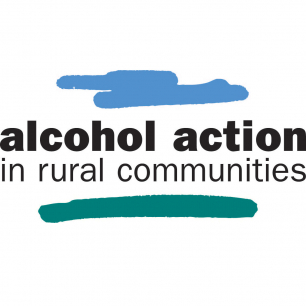EMBARGO: Not for release prior to 8:00am 12th March 2014 AEDT
Community action alone won’t significantly reduce binge drinking and related harms, such as violent assaults, without changes to legislation, a major new report from the National Drug and Alcohol Research Centre at UNSW suggests.
The five year study of 20 communities in New South Wales, with populations between 5,000 – 20,000, found that the 10 communities that implemented a range of 13 interventions were able to reduce average weekly alcohol consumption across their local government area and minor harms, such as verbal abuse, but there was no impact on binge drinking or major harms, such assaults, traffic crashes and hospital inpatient admissions.
The thirteen interventions, which were developed in partnership with the communities themselves, were a mix of: prevention (such as school and work-based education and training and regular media messaging on harms); early intervention (such as screening and brief advice in general practice, pharmacies and hospital EDs); and targeting high risk individuals and high risk times and weekends.
The 10 communities that implemented the interventions were picked randomly, and the impact of the interventions was measured using community surveys and, for the first time ever in an alcohol community trial, using routinely collected data from police, hospitals and the RTA.
This is the largest RCT (randomised controlled trial) of interventions which communities themselves can implement, without specific government legislation, to try to reduce their own rates of alcohol harm, said study leader UNSW Professor Anthony Shakeshaft. “It suggests that leaving communities to work together to sort out their own alcohol problems is, quite simply, unlikely to work very well without tighter legislation on things like the availability, price and advertising of alcohol,” said Professor Shakeshaft.
“Although international research suggests that legislation in these areas does work,” he said. “There have not been any rigorous randomised trials, and none outside of the US, evaluating the impact of what happens when communities implement their own solutions.”
Professor Shakeshaft said the results did not mean that community led solutions were without merit. “We did see changes to overall consumption of alcohol per head, which is an important finding for harms like alcohol-related cancers and disease, and we saw some lower level impacts such as less verbal abuse on the streets, which is an important public amenity issue. It was also apparent that communities had different types of alcohol harms, which shows a role for communities targeting their own issues.”
“But it seems communities by themselves will struggle to control the big immediate impacts, such as assaults, if alcohol is widely advertised, relatively cheap and readily available,” he said.
Interestingly the study found big variations in the way communities reacted to the interventions. Even though each of the 10 experimental towns operated under the same State and Federal legislation, some dramatically changed their risky drinking and harms and others hardly changed at all.
“We don’t know why some communities adapt better than others in reducing alcohol related harms. It’s an important issue because the next steps for research would be to understand this process in order to more effectively help communities respond better to their own particular harms,” said Professor Shakeshaft.
The study The effectiveness of community action in reducing risky alcohol consumption and harm: a cluster randomised controlled trial is published today in the prestigious journal PLOS Medicine. The study was funded by a grant from the Foundation for Alcohol Research and Education (FARE)
Link to paper (live when published): http://www.plosmedicine.org/article/info%3Adoi%2F10.1371%2Fjournal.pmed.1001617
- Ends -
The National Drug and Alcohol Research Centre at the University of New South Wales is supported by funding from the Australian Government under the Substance Misuse Prevention and Service Improvements Grants Fund.



